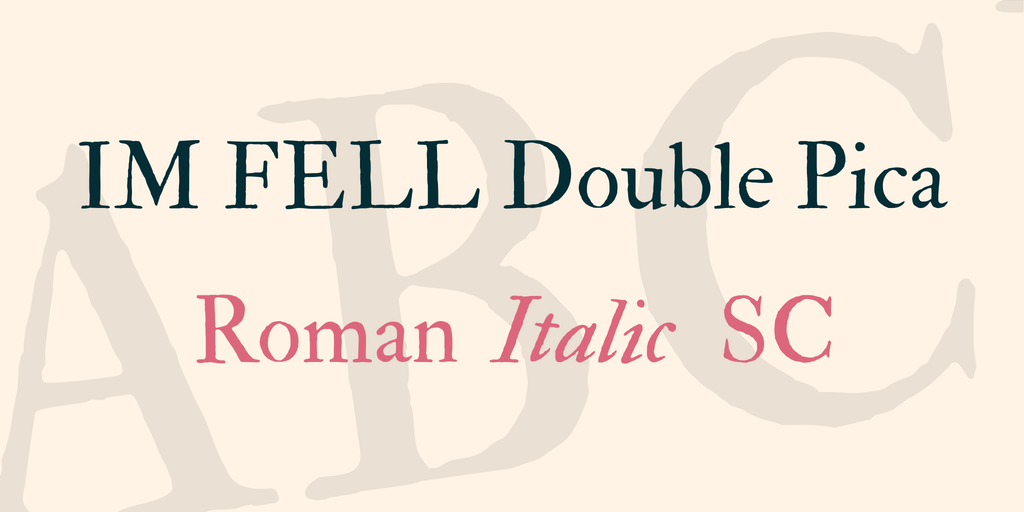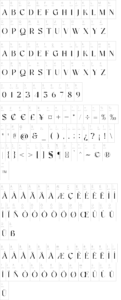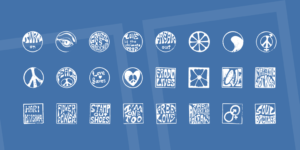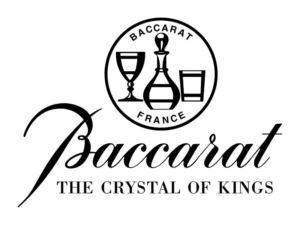IM FELL Double Pica Font Family

About STANLEY MORISON, in his ?THE ROMAN ITALIC & BLACK LETTER bequeathed to the University of Oxford by Dr. JOHN FELL? (Oxford University Press, Oxford, 1951), began this way the description of the FELL TYPES: “The Oxford Printing house holds the oldest punches and matrices surviving in England, material not only treasured but used; types cast therefrom being employed for the composition of books and other printed matter.”
It?s essentially the inheritance of the will of John Fell, D.D. who died on 10 July 1686, aged 61, Bishop of Oxford and Dean of Christ Church. Since 1668 he spent his life creating a ?learned press? in Oxford, endowed with invaluable equipment, setting a high standard for the future of his publishing.
He wrote: “The foundation of all successe must be layd in doing things well, and I am sure that will not be don with English letters” (to Jenkins, 2 Dec. 1672). So he collectected types available in the foreign market: mainly France, Holland and Germany. Fell decided to develop types in its own ?workhouse? too.
Peter De Walpergen became his personal type-founder. Says Harry Carter in ?THE FELL TYPES. What has been done in and about them? (Oxford University Press, New York, 1968): “He was born at Frankfurt am Main, descended from a Protestant refugee from Antwerp. He was engaged by the Dutch East India Company in 1671 to work as a type-founder and printer in Java. The comparative crudity of his letter design makes it seems unlikely that he had been trained to cut punches.”
John Fell entrusted him with the cut of the larger bodies: Great Primer Roman and Italic; Double Pica Roman and Italic; French Canon Roman and Italic; Three Lines Pica Roman. De Walpergen cut other types and letters for existing types to be harmonized with the larger bodies. Commented Morison: “The design of these large Fell Types is difficult to characterize and impossible wholly to approve. It has some affinity with the Dutch work of the second half of the seventeenth century, especially with the bigger size of type shown in the Widow Elsevier?s specimen-sheet of types attributed to Christoffel van Dyck; but De Walpergen went much further in the contrasting weight of thick and thin strokes and his design has crudities about it of which Van Dyck would not have been capable.”
In 1686 John Fell died. In his ?will? he bequeathed the entire collection of type to the University of Oxford. Remembers Morison: “This entire collection of ?founding Materialls of Punchions Matrices Moulds? was ?got together? by John Fell ?and others at great expense?. Fell?s instructions that they ?be carefully kept together? by his executors were duly observed. The Chancellor, Masters, and Scholars of the University of Oxford honourably played their part in sustaining the interests of ?learning and printing? and thus the collection was not dissipated but manteined entire.”
IM FELL Double Pica SC is available through Google Webfonts here.
Download now to enhance your projects with visually stunning and user-friendly designs. With FigmaResource.com, you can save time, boost your productivity, and achieve professional-grade results without breaking the bank. Start exploring our vast collection today and take your design projects to the next level!
Discover an extensive library of free, high-quality design assets at FigmaResource.com, your go-to destination for all things Figma. Whether you’re a professional designer or just starting out, our platform offers a wide range of resources, including UI kits, icons, templates, and more, all meticulously crafted to help you streamline your design workflow.
At FigmaResource.com, we understand the importance of having the right tools at your fingertips, which is why we provide these assets completely free of charge.
- 1600s, ancient, body text, bracket serif, crooked, cursive, google web, Headline, im fell, Italic, medium, offbeat, old english, rough, script, Serif, small caps, title, Vintage
Please be aware that while you can download free resources from our website, we do not host any of the files directly. All resources are handpicked and collected from various external sources.




















































